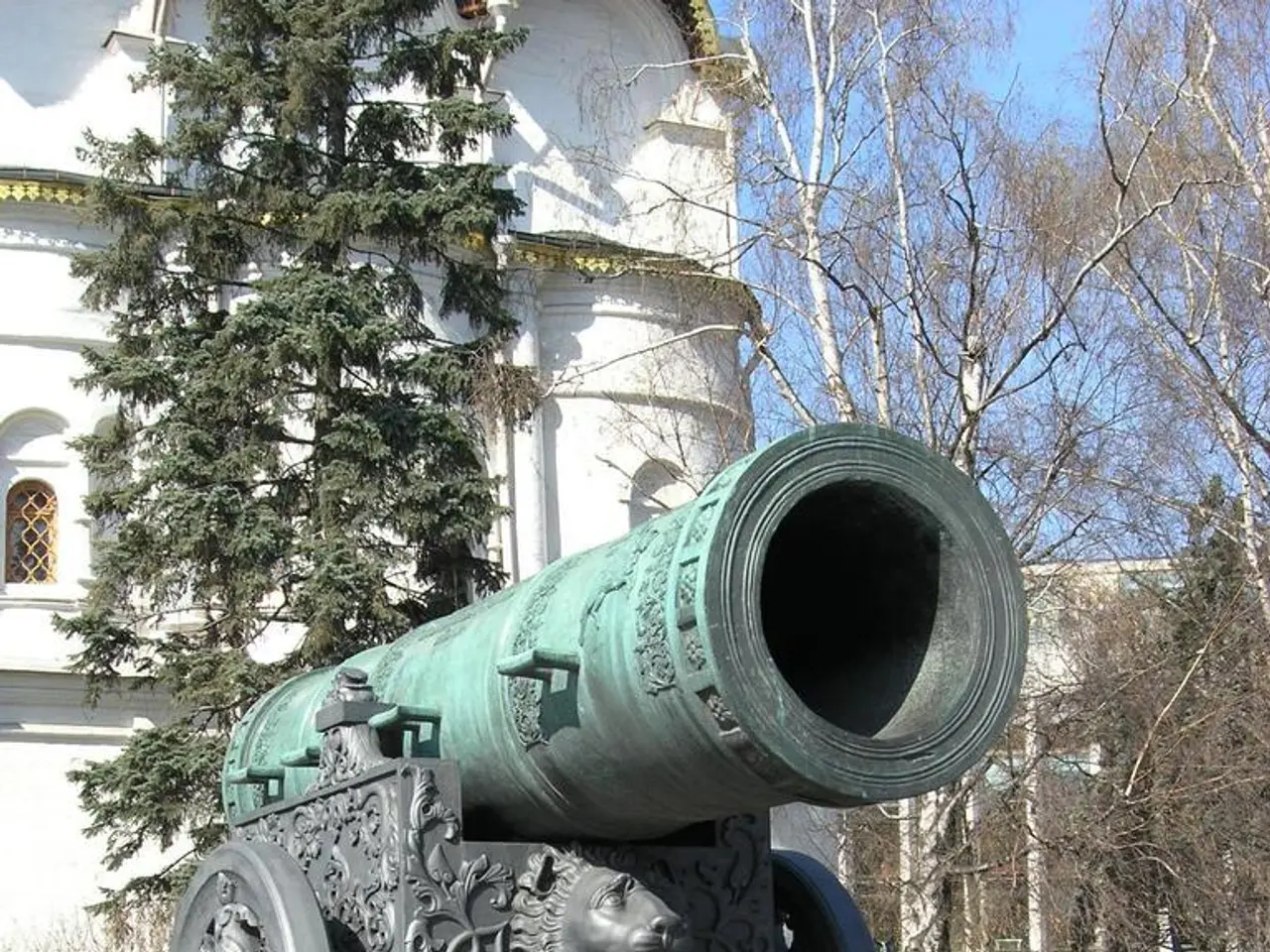EU Condemns India's Oil Imports from Russia, Yet EU-Russia Trade Figures Tell a Different Tale
In 2024, the European Union (EU) exported a staggering $34 billion worth of goods to Russia, surpassing India's exports to Russia by over seven times. This significant trade flow, despite global calls for Russia's economic isolation, has remained a subject of interest and debate.
India, on the other hand, relied heavily on fuel shipments for its trade with Russia, making up over 80% of its total trade volume. In contrast, the United States imported less goods from Ukraine than India did in 2024, raising questions about balance and benefit in a time of conflict. Ukraine paid $1.69 billion for US exports in 2024, a fact that has sparked discussions.
Trump, the then US President, accused India of buying "massive amounts" of Russian oil and selling it on the open market for profits, disregarding the number of people being killed in Ukraine by the Russian War Machine. However, this allegation seemed to be overshadowed by the US's own imports from Russia. The US imported $3.8 billion worth of Russian goods in 2024, more than half of which was fertiliser and chemicals. This is over six times India's chemical trade with Russia.
The EU's total trade with Moscow reached an impressive $70.3 billion in 2024. The bloc also recorded $5 billion in food imports and $4.4 billion in machinery and electronics from Russia. In metals, the EU clocked $6.7 billion, significantly exceeding India's $0.9 billion.
Despite the EU's engagement with Russia, it has been cast as one of Moscow's key post-war trade partners. Trump threatened to "substantially raise the Tariff paid by India to the USA" due to its energy imports from Russia. In response, India's trade with Russia last year leaned heavily on energy, with fuel shipments reaching $59.5 billion.
Europe reduced its oil imports in 2024, amounting to only $24.2 billion. However, Russia still supplies about 17% of Europe’s natural gas via pipelines like TurkStream and shipments of liquefied natural gas (LNG). Oil imports have dropped due to EU bans but have not ceased entirely, with maritime restrictions reducing but not eliminating supply.
The chemical trade between the EU and Russia stood at $17.6 billion. Europe sent $14.6 billion in chemicals, $5 billion in food, and $3.7 billion in machinery and electronics to Russia in 2024. These key commodities, including oil, natural gas, fertilizers, iron, and steel, have kept Europe's trade with Russia significantly higher than initially perceived.
The complex economic interdependence, especially in the energy sector and critical industrial materials, has caused trade to remain higher than many expected. Europe’s attempts to isolate Russia economically have been hampered by the difficulty of replacing many Russian commodities in the short term, especially energy. This ongoing trade, therefore, reflects the practical and economic constraints that Europe faces.
- War-and-conflicts and policy-and-legislation have been deeply intertwined with the politics surrounding the European Union's trade with Russia, as the EU's significant trade flow with Russia, despite global calls for economic isolation, has led to debates and discussions about balance and benefit in times of conflict.
- General-news outlets frequently report on the chemical trade between the European Union and Russia, as the trade in chemicals, oil, natural gas, fertilizers, iron, and steel has kept Europe's trade with Russia significantly higher than initially perceived, causing trade to remain higher than many expected, even in the face of attempts to economically isolate Russia.








